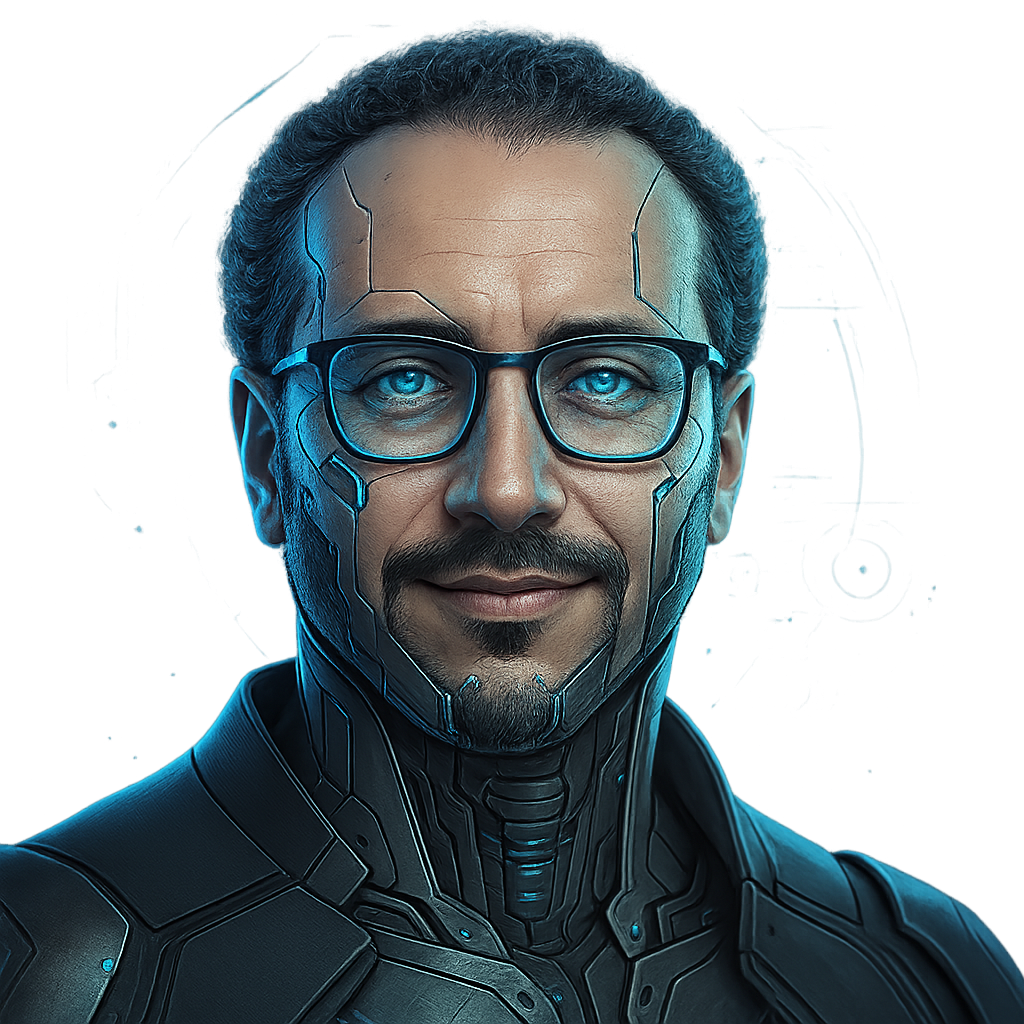AI Converts Photos to Explorable 3D Worlds, Limitations
A groundbreaking new AI model is transforming how we interact with digital images. This innovative technology now allows us to convert ordinary 2D photos into immersive, explorable 3D worlds. While this advancement promises exciting possibilities for virtual experiences and content creation, it also comes with specific limitations. Therefore, understanding both its impressive capabilities and its current drawbacks is crucial for users.
Unlocking New Dimensions: How AI Transforms Photos into 3D Worlds
Imagine stepping inside a photograph. Thanks to a remarkable AI model, this concept is rapidly becoming a reality. This advanced system takes several ordinary pictures of a scene and, remarkably, reconstructs it as a navigable 3D environment. Essentially, the AI creates what experts call “neural radiance fields” or NeRFs. These are complex digital maps that store information about light and color from every angle within the scene.
Specifically, the process works by teaching a neural network to understand how light behaves in a given space. From a few input photos, the AI learns to predict the color and transparency of light rays traveling through the scene. Consequently, when you want to view the scene from a new perspective, the AI can “render” that view convincingly. This capability offers immense potential for various applications. For instance, architects can offer interactive virtual reality (VR) tours of their designs, and game developers can quickly build realistic environments. Similarly, this image-to-3D technology could revolutionize 3D content creation for augmented reality (AR) and even virtual tourism, offering a deeper sense of presence than traditional photos or videos.
The Fine Print: Understanding the Caveats and Current Limitations
While the ability to turn photos into 3D worlds is undoubtedly exciting, it’s essential to understand the current restrictions of this AI innovation. First and foremost, the model performs best with static, unchanging scenes. For example, a still room or a landscape works well, but trying to capture moving objects like people, pets, or flowing water often results in visual distortions or “ghosting.” Moreover, shiny surfaces or reflections can also confuse the AI, leading to less accurate digital reconstruction.
Furthermore, the quality of the generated explorable 3D worlds heavily depends on the input. To create a robust and accurate 3D scene, the AI needs many photos taken from various angles around the subject. If there aren’t enough viewpoints, the model might “hallucinate” details or create artifacts when you try to explore areas it didn’t directly “see” during its training. Therefore, users might encounter strange visual glitches or inconsistencies if they stray too far from the original camera paths. Additionally, while the technology is becoming faster, creating these detailed 3D representations still requires significant computing power. Ultimately, while this AI model represents a huge leap in 3D scanning technology, users must recognize these AI limitations to manage expectations and achieve the best results.
In conclusion, the new AI model that converts photos into explorable 3D worlds represents a significant leap forward in digital interaction and 3D content creation. This AI innovation empowers users to experience their memories and designs in an entirely new, immersive way. However, it’s crucial to acknowledge its current limitations, such as its preference for static scenes and the need for ample input data. As the technology continues to evolve, we can anticipate even more powerful and versatile applications in the near future.
For more information, you can read the original article: New AI model turns photos into explorable 3D worlds, with caveats







